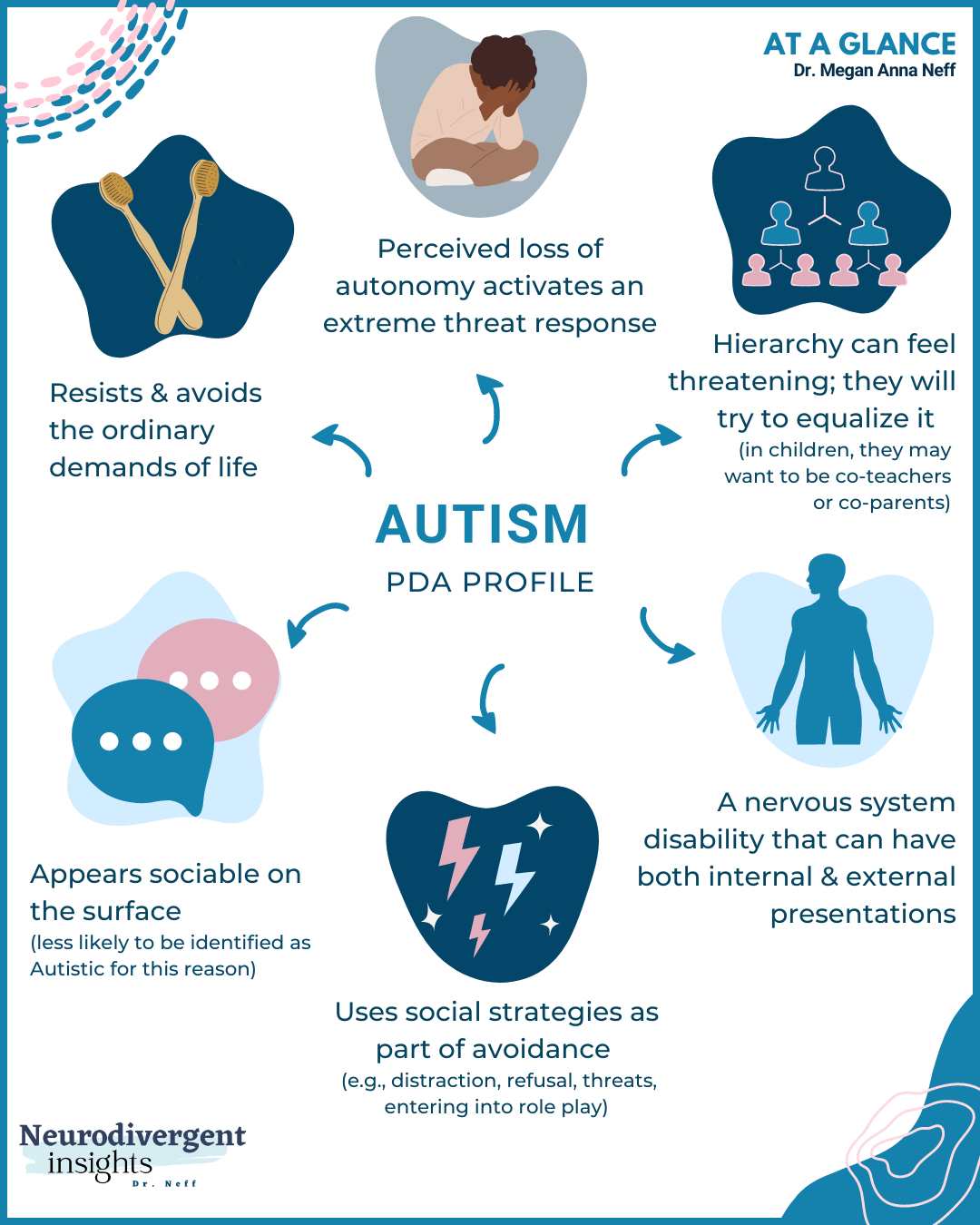Addressing Usual Myths: What You Need To Find Out About Autism Today
Addressing Usual Myths: What You Need To Find Out About Autism Today
Blog Article
Discovering Autism: Methods for Reliable Interaction and Communication
Efficient interaction and communication with individuals on the autism range demand a detailed understanding of their one-of-a-kind requirements and preferences. The ins and outs of these approaches reveal more considerations that merit expedition, particularly in just how they can be adjusted to private experiences and varied contexts.
Recognizing Autism Spectrum Disorder
Autism Range Problem (ASD) encompasses a variety of neurodevelopmental problems identified by challenges in social communication, communication, and recurring actions. The term "range" mirrors the diverse symptoms and differing degrees of severity experienced by individuals with ASD. While some might display substantial impairments, others may present high-functioning attributes, permitting better freedom in life.
The onset of ASD typically occurs in early childhood, with indications commonly recognizable by age two. Very early indications might consist of postponed speech development, limited eye call, and troubles in recognizing social hints. The precise etiology of ASD remains unclear, research suggests a combination of environmental and genetic factors plays an essential role in its development.
Individuals with ASD frequently possess distinct staminas, such as heightened attention to detail and outstanding memory abilities. Nevertheless, they may struggle with understanding abstract concepts and taking care of adjustments to regular. Because of this, interventions and assistance customized to private needs are important for fostering communication and social abilities. Identifying the intricacy of ASD is important for promoting awareness, acceptance, and effective strategies that promote significant communications with individuals on the spectrum.

Significance of Clear Communication
Effective communication is essential for cultivating understanding and link, especially for individuals with Autism Range Condition (ASD) Clear communication not only facilitates social communications however likewise enhances the person's capability to express their needs, ideas, and feelings. For people with ASD, the subtleties of language can typically be challenging; therefore, making use of unambiguous and uncomplicated language is crucial.
Additionally, clear communication aids decrease aggravation and anxiety that might develop from misunderstandings. When messages are conveyed in a straight and regular manner, people with ASD are better outfitted to translate details properly, which can dramatically boost their social engagement and involvement in numerous settings.
Establishing routines and utilizing aesthetic supports can better reinforce clear interaction. These techniques supply individuals with foreseeable structures that aid understanding and retention of information. Furthermore, proactively listening and being person throughout communications advertises a helpful environment where individuals with ASD feel valued and recognized.
Ultimately, prioritizing clear interaction not only empowers people with ASD however additionally cultivates even more purposeful connections with their peers, caregivers, and the wider community, paving the means for collaborative relationships and inclusive communications. - autism
Non-Verbal Communication Techniques
Interaction expands past words, and for individuals with Autism Spectrum Problem (ASD), non-verbal signs play a significant duty in interactions. Non-verbal communication methods can consist of faces, gestures, body movement, and eye contact, all of which work as important components for sharing intents and click for info feelings.
Comprehending and translating these non-verbal signals can boost interactions with people with ASD. A cozy smile or open pose can develop a welcoming ambience, motivating interaction. Making use of visual aids-- such as photo cards or symbols-- can connect communication spaces and aid convey messages more effectively.
It is also crucial to be mindful of personal room, as individuals with ASD might have various convenience levels pertaining to distance. Observing their responses to physical closeness can inform proper modifications.

Creating Helpful Settings
Developing a supportive environment is essential for cultivating positive communications and enhancing the health of people with Autism Spectrum Problem (ASD) Such settings can substantially minimize stress and anxiety and produce a sense of safety, allowing individuals to reveal themselves extra easily.
To attain this, it is vital to think about Continued sensory sensitivities that individuals with ASD may experience. Changing the physical space to include soft lights, very little history noise, and comfy seats can develop a soothing atmosphere. Furthermore, using consistent regimens and clear aesthetic schedules can help people expect transitions and minimize unpredictability, further promoting comfort.
Social rooms ought to be structured to reduce frustrating stimuli while supplying opportunities for engagement in favored tasks. Helping with areas assigned for quiet time can likewise work as a refuge throughout minutes of stress and anxiety. Importantly, including elements of option encourages people, allowing them to exercise company in their atmosphere.

Motivating Social Communications
Fostering social communications amongst individuals with Autism Range Condition (ASD) requires deliberate methods that focus on comfort and engagement. Developing predictable routines can aid lower anxiousness, making social settings much more friendly. Producing organized settings with defined responsibilities and functions enables individuals to involve without the frustrating stress of unstructured social characteristics.
Integrating rate of interests and strengths right into social activities can offer as a driver for interaction. Organizing group tasks around shared hobbies or subjects of attraction can assist in all-natural discussions and links. In addition, utilizing aesthetic assistances, such as pictorial timetables or social manuscripts, can help in recognizing social hints and expectations.
Modeling appropriate social habits is vital Find Out More - autism. Grownups and peers must show efficient interaction techniques, including energetic listening and turn-taking. Role-playing situations can also supply a risk-free room for people to exercise these abilities
Last but not least, cultivating peer relationships with comprehensive techniques is necessary. Urging inclusive playdates or group trips can create opportunities for socializing in a comfortable setting. By executing these methods, educators and caregivers can substantially enhance social interactions for individuals with ASD, advertising their overall social growth and wellness.
Conclusion
In verdict, efficient interaction and communication techniques are crucial for sustaining individuals with Autism Range Problem. Highlighting clear language, integrating non-verbal signs, and developing foreseeable regimens significantly boost engagement and decrease anxiousness. Developing helpful environments cultivates safe social interactions, while urging shared interests helps with purposeful connections. Eventually, these approaches empower individuals with autism to browse social landscapes, promoting their overall well-being and making it possible for the development of long lasting partnerships.
Reliable interaction and communication with people on the autism range demand a comprehensive understanding of their distinct demands and preferences. Clear communication not only helps with social interactions however likewise improves the individual's capability to reveal their feelings, ideas, and needs.Cultivating social communications amongst people with Autism Range Disorder (ASD) needs willful strategies that focus on comfort and engagement. By carrying out these caregivers, teachers and techniques can dramatically improve social interactions for individuals with ASD, advertising their general social development and health.
In final thought, effective communication and interaction approaches are crucial for supporting people with Autism Range Disorder.
Report this page